SINGALILA NATIONAL PARK
Singalila National Park is located in the Darjeeling district of West Bengal State, India. It is famous for its breathtaking view of the Himalayan peaks and its rich biodiversity.
Geography and Climate
Location: The park is located on the Singalila Ridge at elevations ranging from 2,134 meters (7,000 feet) to 3,636 meters (12,000 feet).
Area: It covers an area of about 78.60 sq km.
Climate: The park experiences a cool and temperate climate, with temperatures ranging from -5°C in winter to 25°C in summer.
Where is it located?
Flora and fauna
Flora: The park is covered with dense forests of rhododendrons, magnolias, and orchids, making it a paradise for botany enthusiasts. In spring, rhododendron flowers make the place more attractive.
Fauna: Singalila is home to a variety of wildlife, including the endangered red panda, Himalayan black bear, clouded cheetah, and several species of deer. The park is a haven for bird watchers, with more than 120 species of birds, including blood pheasants and various species of thrushes and finches.
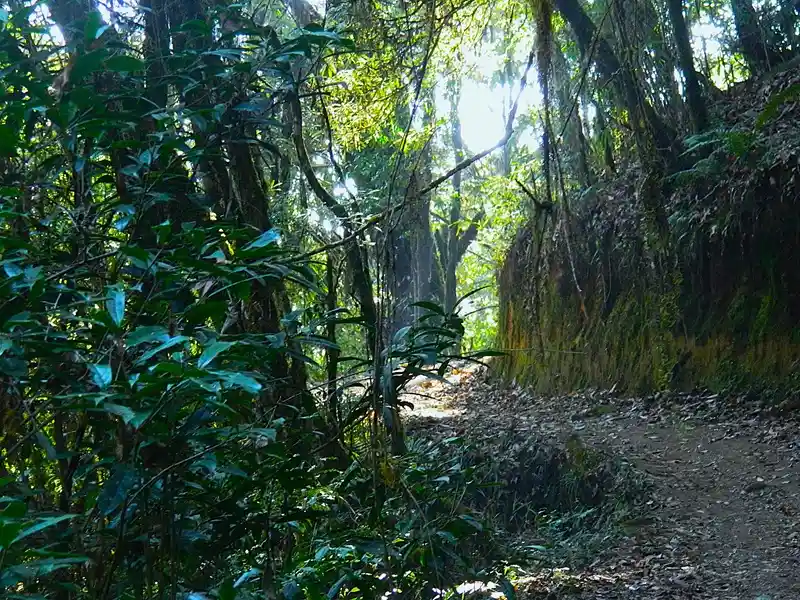
Trails and Trekking
Singalila Ridge Trek: One of the most popular treks in the region, it offers spectacular views of Mount Everest, Kanchenjunga, and other peaks. The trek usually starts from Manebhanjan and passes through various scenic spots like Tumling, Gyaribus, Sandakphu, and Phalut.
Sandakphu: West Bengal’s highest peak at 3,636 m, offers a panoramic view of the world’s highest peak. This trek is very popular here.
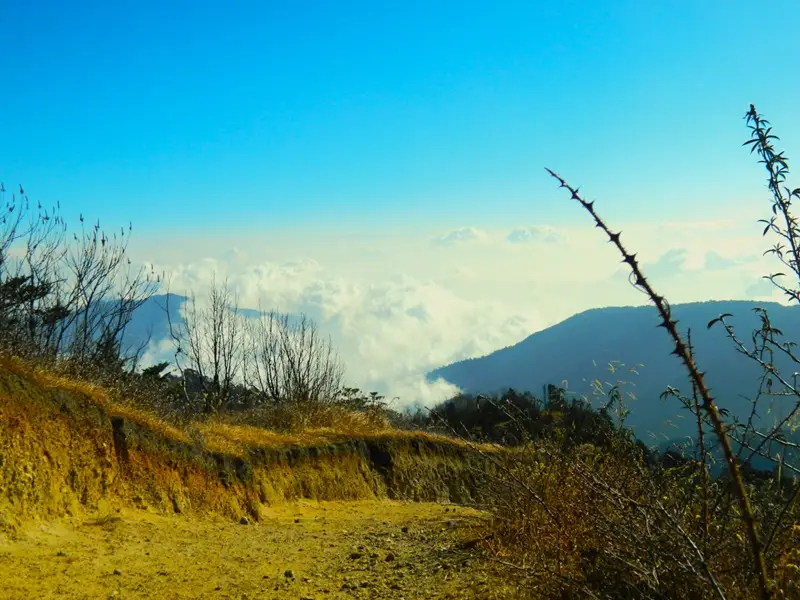
Access and accommodation
How to reach: The nearest airport is Bagdogra Airport, and the nearest railway station is New Jalpaiguri (NJP). The entrance to the park is Manebhanjane, which can be reached by hiring a car.
Accommodation: There are several trekking huts, guest houses, homestays, and lodges along the trekking route. Trekkers can stay at places like Tumling, Kalapokhri, Dhotrey, Gurdum and Sandakphu.
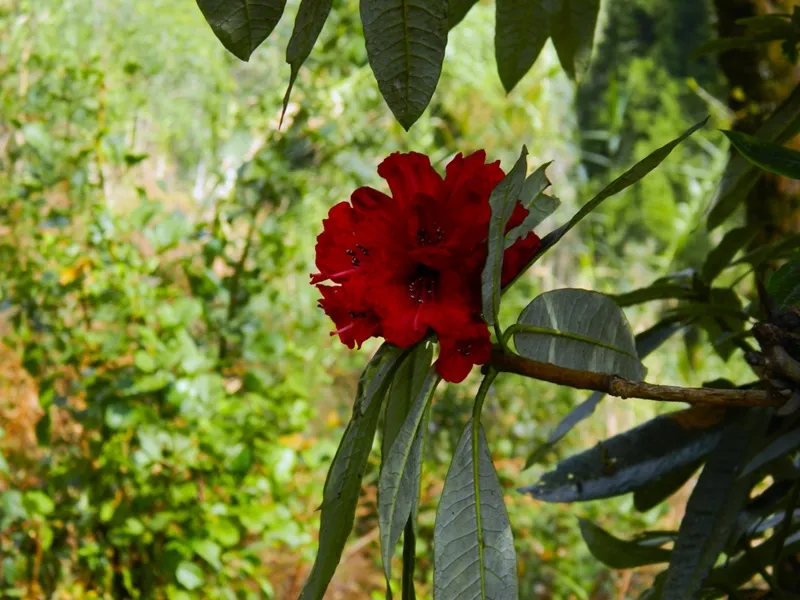
conservation efforts
Red Panda Project: Various conservation projects are underway within the park to protect the endangered red panda and its habitat. Singalil National Park is famous for its red panda animals.
Eco-tourism Initiatives: Efforts are made to promote tourism practices without minimal impact on the natural environment of the park. Singalila National Park offers a unique combination of natural beauty, rich biodiversity, and adventure, making it a must-visit destination for nature lovers and trekkers.
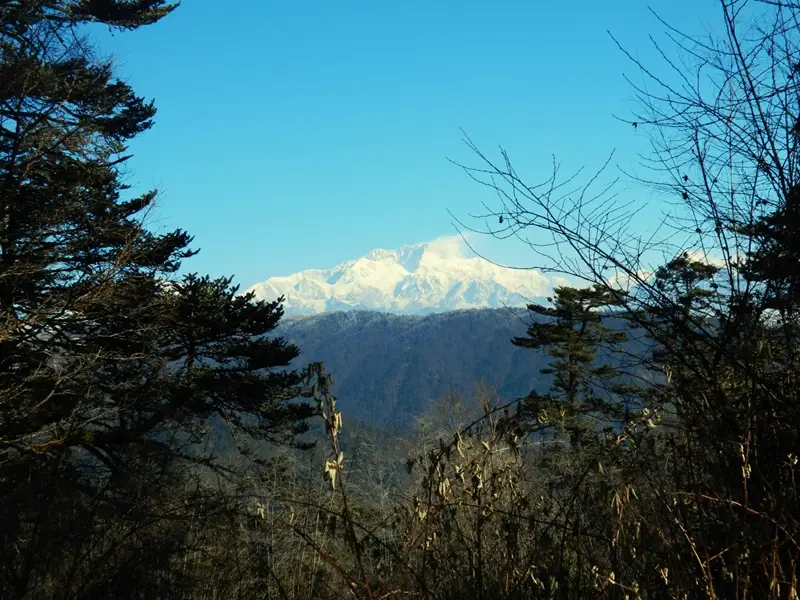
Best Time to Visit in Sinagalila National Park
The best times to visit Singalila National Park are mid-March to early June and October to November.
Spring (March to June): This is one of the most popular times to visit the park. The weather is pleasant, and the famous rhododendrons are in full bloom. It is a good time for trekking and wildlife watching.
Autumn (October to November): Another great time to visit, clear skies offer stunning views of the Himalayan peaks, including the Kanchenjunga. The weather is cool and also ideal for trekking.
The park is closed during the monsoon season (July to mid-September) due to heavy rainfall, which is not the best time for trekking and wildlife viewing. The winter months (December to February) are very cold, and snowfalls occur, which make the place inaccessible.
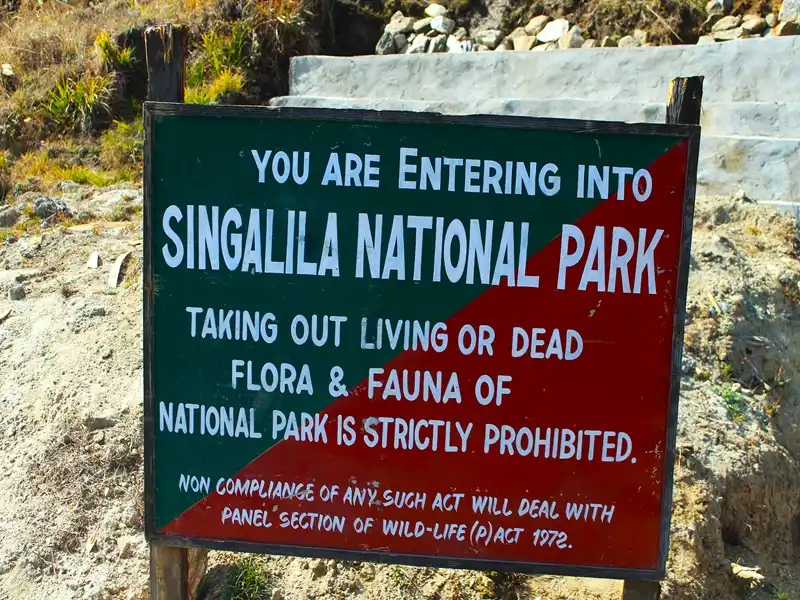
Singalila National Park is an ideal place for nature lovers, trekkers, and bird watchers in North Bengal
FAQ
-
What is the highest peak of Singalila range?
The highest peak of the Singalila Range is Sandakphu, which stands at an altitude of 3,636 meters (11,929 feet).
-
What flowers are in Singalila National Park?
Singalila National Park is renowned for its diverse and vibrant floral species, especially its variety of rhododendrons.
-
What animals are in Singalila National Park?
Singalila National Park is home to endangered wildlife, the most famous of which is the endangered red panda. The park also has animals like Himalayan black bear, leopard, clouded leopard, yellow-throated marten and Himalayan serro.
-
Which river passes through Singalila National Park?
The Rammam and Sirikhola rivers pass through Singalila National Park.